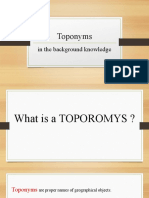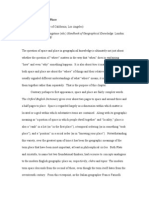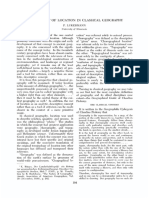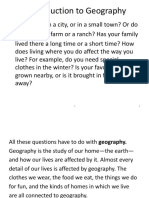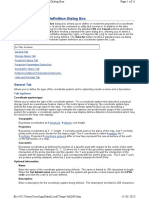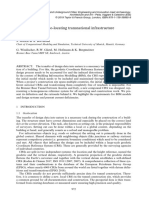0% found this document useful (0 votes)
26 views10 pagesLocation
The document discusses the definitions of location through various scales of measurement: nominal, ordinal, and quantitative. It explains how geographical features can be defined using different methods, including coordinates and names, and highlights the advantages and disadvantages of each method. Additionally, it covers the importance of quantitative methods for precise location definitions and provides an overview of projection systems used in mapping.
Uploaded by
benedictacheampong.11Copyright
© © All Rights Reserved
We take content rights seriously. If you suspect this is your content, claim it here.
Available Formats
Download as PDF, TXT or read online on Scribd
0% found this document useful (0 votes)
26 views10 pagesLocation
The document discusses the definitions of location through various scales of measurement: nominal, ordinal, and quantitative. It explains how geographical features can be defined using different methods, including coordinates and names, and highlights the advantages and disadvantages of each method. Additionally, it covers the importance of quantitative methods for precise location definitions and provides an overview of projection systems used in mapping.
Uploaded by
benedictacheampong.11Copyright
© © All Rights Reserved
We take content rights seriously. If you suspect this is your content, claim it here.
Available Formats
Download as PDF, TXT or read online on Scribd
/ 10




